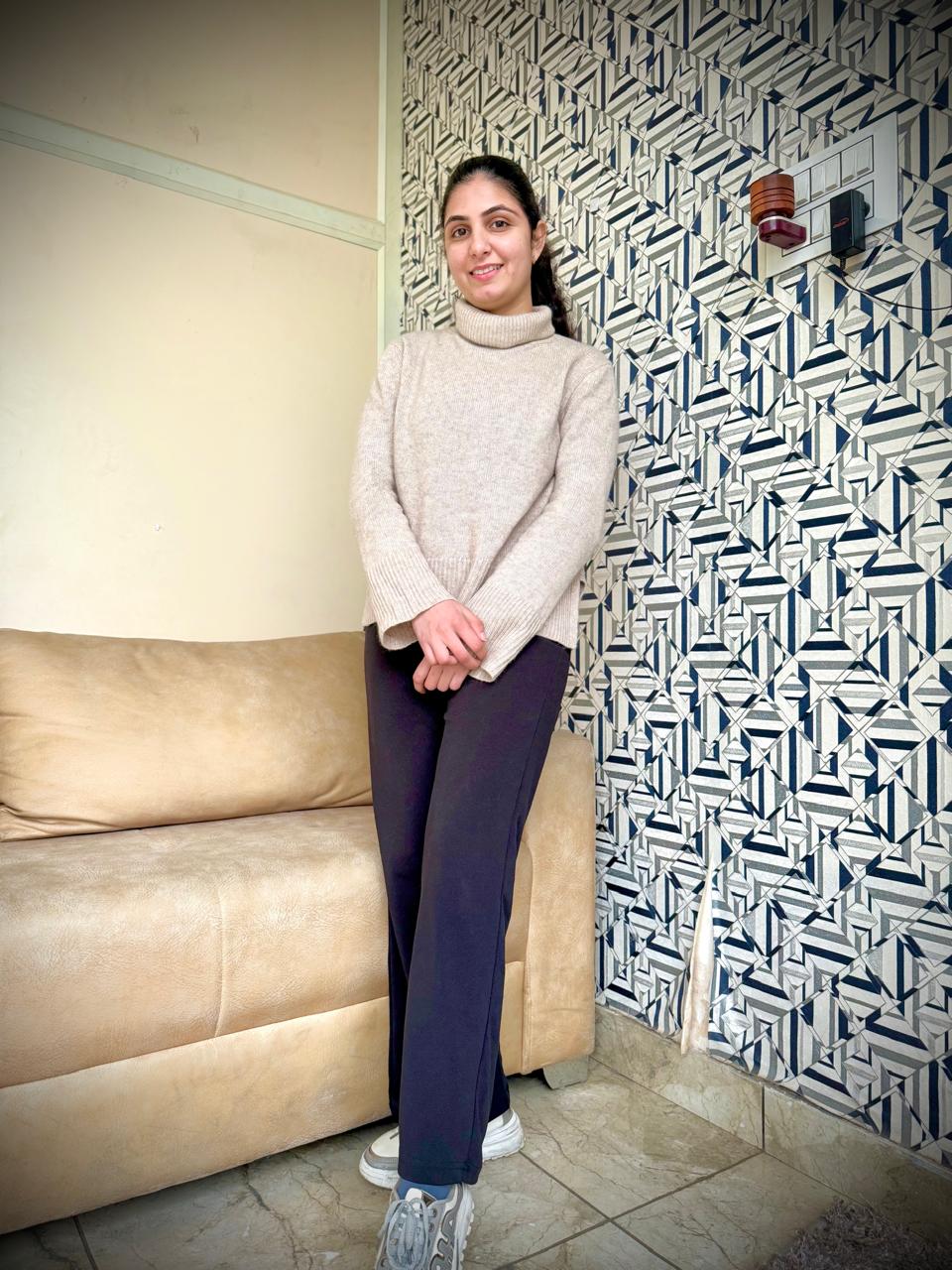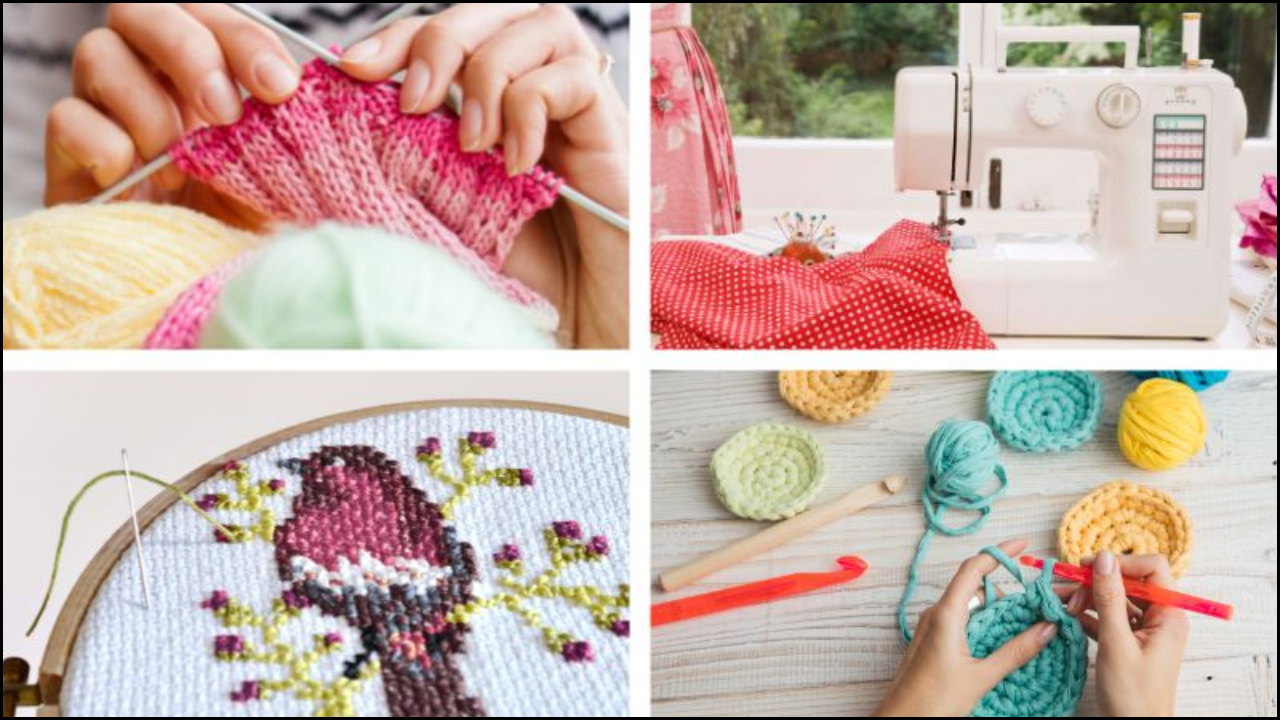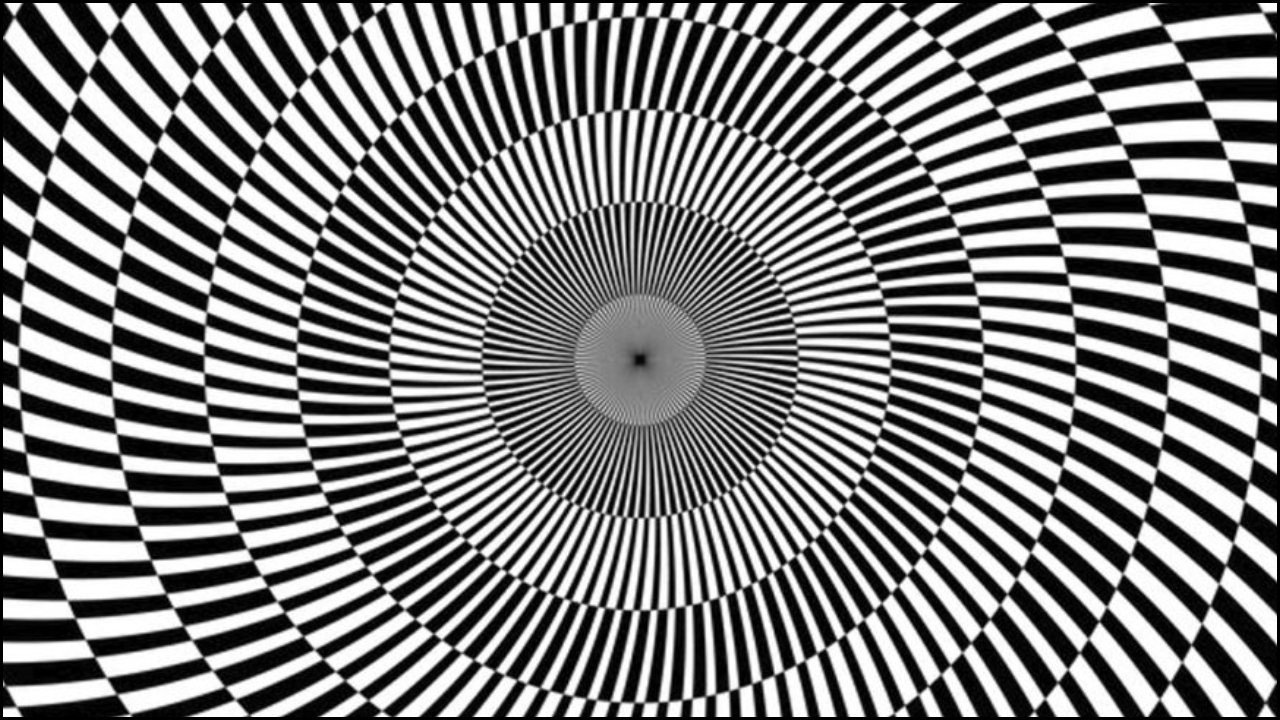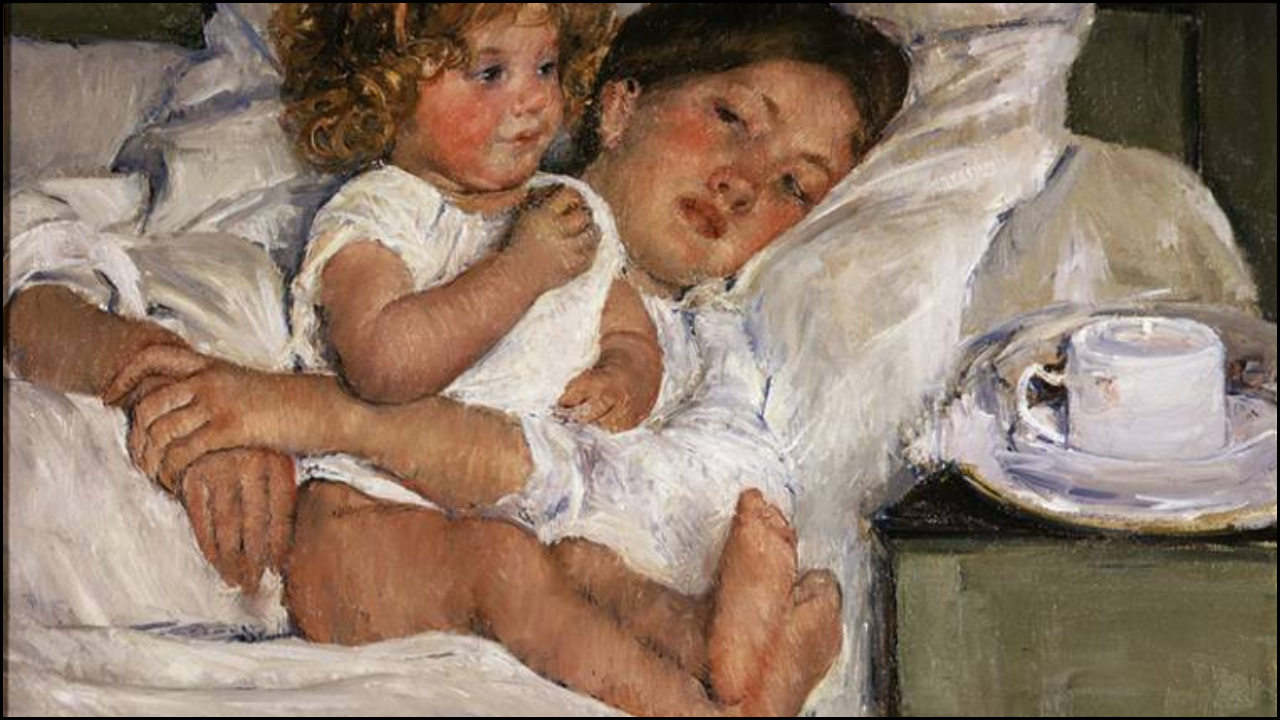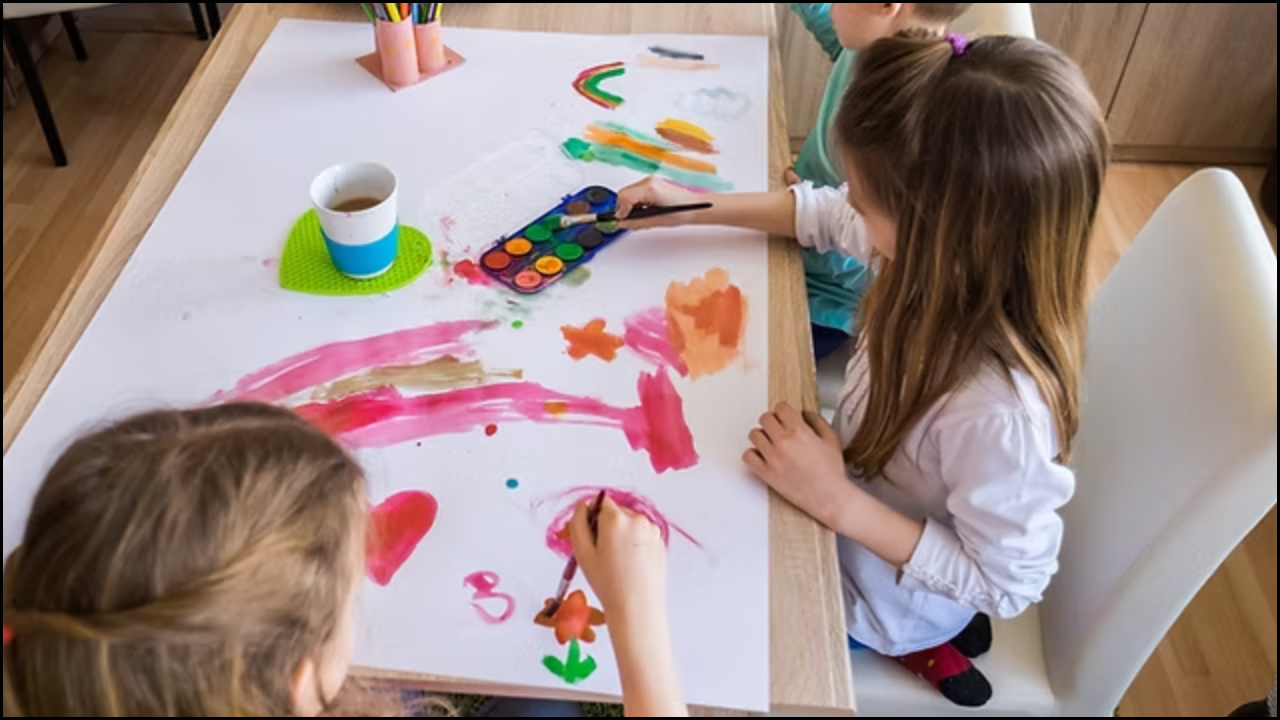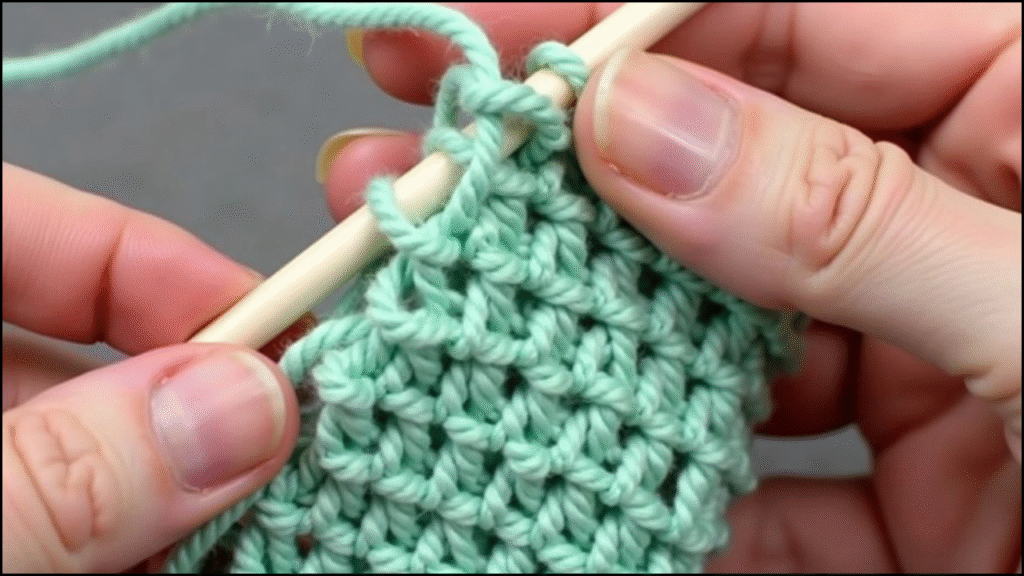
Crochet, a traditional textile art, has evolved significantly in recent years due to the integration of technology. The fusion of these two domains has opened new possibilities for creativity, functionality, and innovation in both fashion and practical applications. Communities of artisans, designers, and tech enthusiasts are exploring ways to merge handcrafted techniques with digital tools, making crochet more versatile and accessible than ever. This article explores how crochet and technology are intersecting, highlighting trends, tools, applications, and future potential.
Table of Contents
Digital Tools Enhancing Crochet Design
- 3D Modeling Software: Designers are using 3D modeling software to create intricate crochet patterns before physical execution. Programs like Blender and CAD platforms allow visualization of complex structures, reducing material waste.
- Pattern Digitization: Traditional crochet patterns are being digitized into interactive formats that can be followed on tablets or computers. This aids learners in tracking progress and modifying designs in real time.
- AI-Assisted Pattern Generation: Artificial intelligence is being applied to generate unique crochet patterns, offering users options that may be difficult to conceptualize manually. AI can suggest color schemes, stitch combinations, and texture variations.
Smart Yarn and Materials
- Conductive Threads: Integration of conductive yarns enables the creation of wearable electronics, such as LED-embedded garments or touch-sensitive textiles.
- Eco-Friendly Materials: Technology helps in developing sustainable yarns that are biodegradable or made from recycled materials, aligning crochet with environmental concerns.
- Temperature-Responsive Fibers: Fibers that change color or texture in response to heat or light are being incorporated into crochet projects, enhancing interactivity.
Wearable Technology in Crochet
- Smart Clothing: Crochet patterns now incorporate sensors for tracking health metrics like heart rate and movement. These innovations turn traditional crochet garments into functional smart textiles.
- Interactive Accessories: Items like bags, bracelets, and hats are embedded with microcontrollers and LEDs, creating interactive designs that respond to touch or motion.
- Medical Applications: Crochet combined with sensor technology is being explored for patient monitoring, rehabilitation devices, and support wearables for elderly users.
Online Platforms and Community Integration
- Virtual Crochet Classes: Digital platforms and apps allow enthusiasts worldwide to attend workshops, learn new techniques, and share designs.
- Pattern Sharing Websites: Online repositories provide thousands of free and paid crochet patterns, fostering global collaboration.
- Social Media Influence: Platforms like Instagram, Pinterest, and TikTok showcase innovative tech-infused crochet projects, inspiring new trends.
Automation in Crochet
- Robotic Crochet Machines: Industrial-grade robotic systems can now perform repetitive crochet tasks, producing large-scale textiles or complex designs with precision.
- Customizable Automation Tools: Small-scale devices for hobbyists automate certain stitches or sequences, allowing creators to focus on design complexity rather than repetitive labor.
- Integration with IoT: Automated crochet devices connected to the Internet of Things enable remote operation, pattern updates, and real-time monitoring of production processes.
Educational Applications
- STEM Integration: Crochet is being introduced into STEM curricula to teach coding, geometry, and engineering principles through practical craft applications.
- Interactive Learning Kits: Kits with embedded sensors and tutorials allow students to combine crochet with electronics, enhancing creativity and technical skills.
- Skill Development Apps: Mobile apps offer gamified learning experiences, enabling beginners to progress efficiently through levels while learning both traditional and tech-driven techniques.
Cultural and Artistic Implications
- Digital Preservation of Traditional Patterns: Technology assists in documenting and preserving cultural crochet patterns that may be at risk of fading.
- Experimental Art: Artists are using technology to push the boundaries of crochet, creating interactive sculptures, installations, and light-responsive artworks.
- Global Collaboration: Digital platforms allow artists from different countries to co-create projects, merging cultural techniques with modern technological approaches.
Commercial and Industry Applications
- Fashion Industry Adoption: Designers are exploring tech-crochet hybrids for haute couture, incorporating LEDs, programmable textiles, and smart materials.
- Home Decor Innovations: Crochet items such as lampshades, curtains, and furniture upholstery are being enhanced with smart fibers, offering aesthetic and functional improvements.
- E-Commerce Growth: Online marketplaces for tech-infused crochet products are emerging, connecting niche creators to global consumers.
Challenges in Merging Crochet and Technology
- Material Limitations: Conductive yarns and smart fibers are often expensive and require careful handling, limiting accessibility for hobbyists.
- Skill Gap: Combining crochet with technology demands expertise in both domains, making learning curves steeper for new practitioners.
- Durability Concerns: Integrating electronics can compromise the flexibility and durability of traditional crochet items, requiring innovative engineering solutions.
Future Prospects
- Augmented Reality (AR) Crochet: AR applications could overlay patterns on physical yarn, guiding users in real time for precision stitching.
- Biodegradable Smart Textiles: Development of fully eco-friendly smart crochet items is underway, combining sustainability with functionality.
- Crowdsourced Innovation: Online communities may collaborate on open-source tech-crochet projects, driving rapid experimentation and new applications.
Key Areas of Crochet and Technology Integration
| Area | Description | Example Applications |
|---|---|---|
| Digital Design | 3D modeling, AI-generated patterns | CAD-based crochet patterns, AI color suggestions |
| Smart Materials | Conductive, temperature-responsive, sustainable fibers | LED garments, color-changing scarves, recycled yarn items |
| Wearable Tech | Smart clothing, health monitoring, interactive accessories | Heart rate-monitoring sweaters, LED-embedded hats |
| Automation | Robotic crochet, IoT integration | Industrial crochet production, hobbyist automated stitchers |
| Education | STEM integration, interactive learning kits | Crochet-based coding lessons, sensor-embedded kits |
| Cultural Preservation | Digitization and sharing of traditional patterns | Online archives, virtual museum exhibits |
| Commercial Applications | Fashion, home decor, e-commerce | Smart lampshades, interactive fashion lines, online marketplaces |
The intertwining of crochet and technology marks a transformative era for textile arts. Innovation is making crochet more versatile, interactive, and relevant to modern needs. While challenges such as cost, skill gaps, and durability remain, the continued integration of digital tools, smart materials, and automated systems promises exciting possibilities. The combination of tradition and technology is not only preserving the cultural heritage of crochet but also opening new avenues for creativity, education, and commercial innovation. As designers, educators, and enthusiasts explore these frontiers, crochet is evolving from a conventional craft into a platform for technological artistry.
This synthesis demonstrates that the future of crochet lies in embracing technological tools while honoring its artisanal roots. The ongoing collaboration between technology and traditional techniques has the potential to redefine not just how crochet is created, but also how it is experienced, taught, and commercialized globally.

